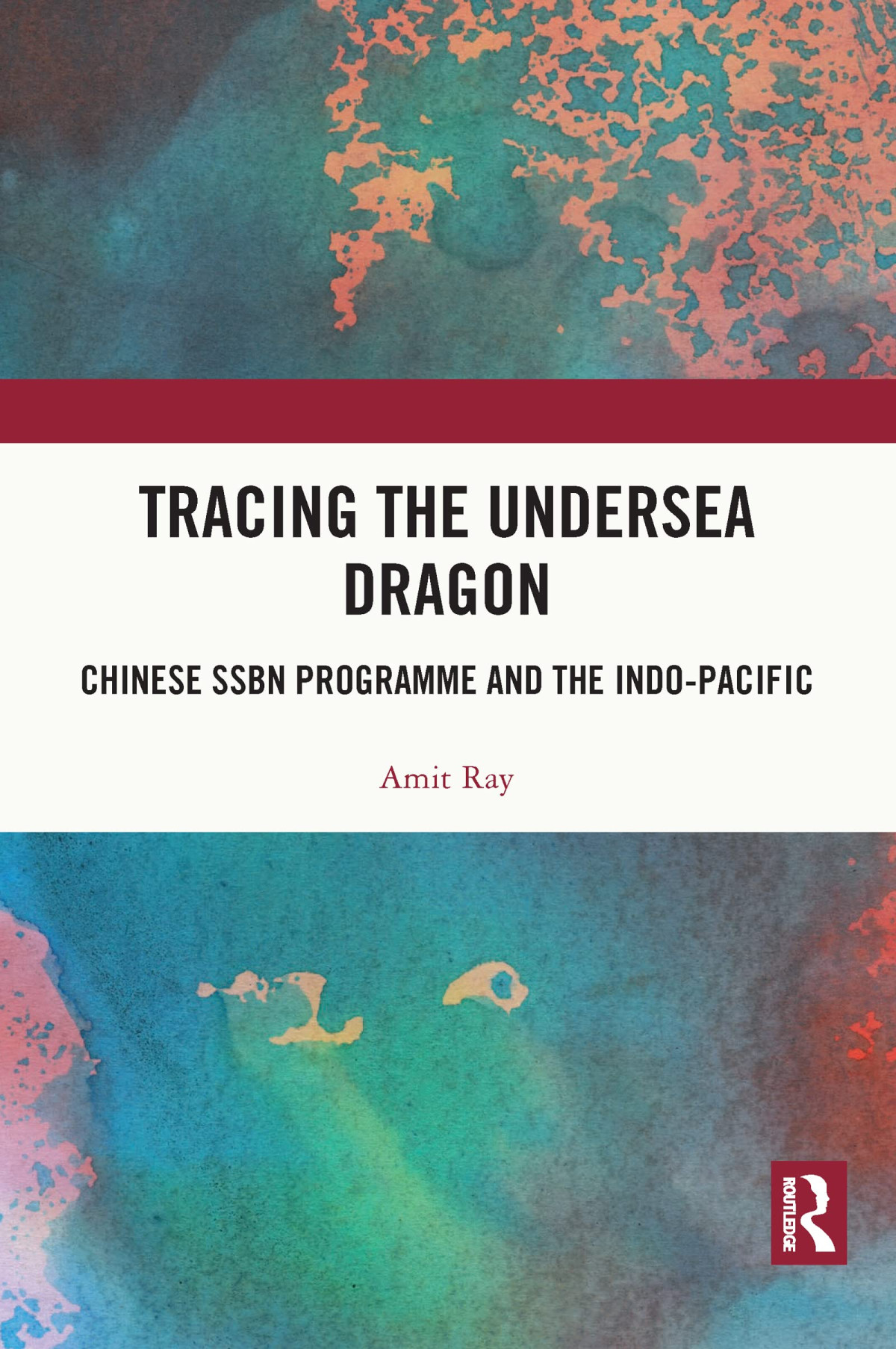

Most ebook files are in PDF format, so you can easily read them using various software such as Foxit Reader or directly on the Google Chrome browser.
Some ebook files are released by publishers in other formats such as .awz, .mobi, .epub, .fb2, etc. You may need to install specific software to read these formats on mobile/PC, such as Calibre.
Please read the tutorial at this link. https://ebooknice.com/page/post?id=faq
We offer FREE conversion to the popular formats you request; however, this may take some time. Therefore, right after payment, please email us, and we will try to provide the service as quickly as possible.
For some exceptional file formats or broken links (if any), please refrain from opening any disputes. Instead, email us first, and we will try to assist within a maximum of 6 hours.
EbookNice Team

Status:
Available0.0
0 reviews
ISBN 13: 9781000422436
Author: Captain Amit Ray and PhD
This book is a comprehensive study of the development of China’s nuclear-powered ballistic missile submarines (SSBNs). It offers insights into the secretive world of nuclear submarines and ballistic missiles of the Chinese (PLA) Navy and studies how these are likely to grow in the next two decades. The volume examines the technological origins of the design and development of Chinese nuclear submarines, ballistic missiles, and their naval construction capabilities. It provides an analysis of the underlying Chinese nuclear doctrine, China’s maritime geographical constraints for submarine operations, and the credibility of its sea-based deterrence. It draws upon strategy, nuclear policy, technology, geography, and operational considerations to holistically predict the likely SSBN force levels of the PLA Navy for various scenarios. The book also assesses the spectrum of threats likely from the undersea domain for India and other nations in the Indo-Pacific region. A key text on an obscure but vital facet of Chinese defence studies, this book will be useful for scholars and researchers of strategic affairs, international relations and disarmament studies, peace and conflict studies, geopolitics, foreign policy, Indo-Pacific studies, and diplomacy.
Chapter 1: Introduction
The behemoth
Surveying the arena
Chinese submarines
Chinese forces and perspective
US perspectives
Indian perspectives
Regional dynamics
Grey areas
Necessity for this study
Objectives
Approach
Limitations
Bibliography
Chapter 2: China’s nuclear doctrine and role of SSBNs
Chinese national objectives
China’s military strategy
Overview of nuclear strategies and doctrines
Chinese nuclear capabilities
Chinese nuclear doctrine
The ‘NFU’ debate
Role of SSBNs in deterrence worldwide
Role of SSBNs in China’s strategic deterrence
Bibliography
Chapter 3: Chinese SSBN development
Genesis of Chinese nuclear submarines
The designers
The first SSN
The SLBM
The first SSBN
Construction challenges and facilities
Submarine construction challenges
Bohai Shipyard
Subsequent progress of construction
SSBN developments
SSN and conventional submarine developments
Technological requirements and industrial base
Worldwide experiences
Analysis of construction timelines
Conventional submarine timelines
Nuclear submarine timelines
Bibliography
Chapter 4: SSBN readiness and deployment
Geographical constraints
Criticality of South China Sea
Deterrence patrols
SLBM ranges and trials
Likely targets
Credibility of China’s deterrence
Operational stealth
Command and control
Communications
Chinese naval strategy and anti-submarine warfare
Bibliography
Chapter 5: Future outlook
Chinese strategic trajectory
Construction trends
Force-level projections based on construction capacity
Force-level projections based on requirements
Forecast of force levels
Present: year 2020
Forecast: Type 096 characteristics
Forecast: number of SSBNs in 2030
Forecast: number of SSBNs in 2040
Other PLAN submarines
SSNs/SSGNs
SSKs
Uncertainties in the forecast
Technological developments
Specific technology areas
Seabed sensors
Unmanned systems
Autonomous underwater vehicles
Bibliography
Chapter 6: Ramifications for the Indo-Pacific
Chinese views on strategic stability
Implications of ballistic missile defence
PLAN submarine deployments in Indian Ocean
Bases in IOR
Concerns and ramifications for India
Chinese perspective of India
Indian maritime concerns
Land borders and maritime impact
India’s strategy and actions
Mirroring the Chinese rationale
Sino-Indo-Pak three-way strategic balance
Capability, intent, and outcomes
Implications for the US
Other submarines in Indo-Pacific
Implications for the South China Sea
Implications for the Indo-Pacific
Bibliography
Chapter 7: Conclusion
Chinese naval trajectory
Justifying SSBNs
Distances and quantities
Predictions
Imponderables
Illusive strategic stability
Paradoxes
Recommendations for India
Ensuring credible deterrence
Naval platforms and capabilities
Further studies
The uncertain future
Tags: Captain Amit Ray and PhD, Tracing, Undersea